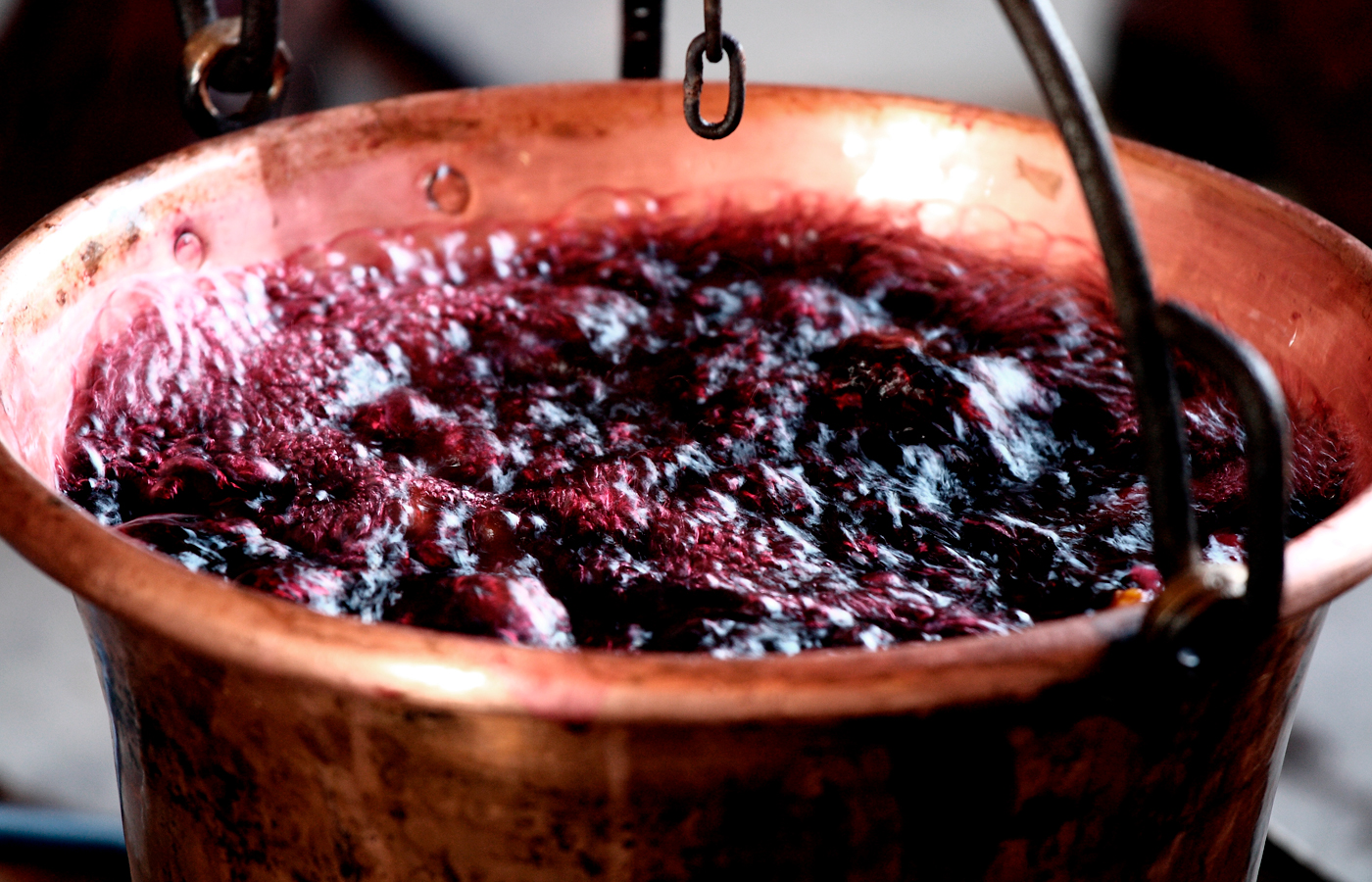It’s a way of life.
Funny how we all are children of the Emilian land, and for countless generations, this has affected our personality and soul.
Funny, again, how the fruits of man’s labour and nature together are equally its children, representing it in the same way. Among these, the Lambrusco.
It is a complex land of duality and contradictions. As well as the sparkling red wine that characterises it. And as well as its people.
Because in the end, we all have two souls, individuals suspended for centuries between the foggy countryside and its peasant spirit and the composed elegance of the small towns that like pearls coast that epic road that connects Emilia and Romagna.
In the end, we are all a bit sophisticated, like the fruity and young aromas well distinguishable in a glass of Lambrusco, and at the same time a bit rough like the fresh and tannic note that makes your lips curl at every sip.
We are contemporary, technological, projected towards the future, as quick as the engines that made us famous, and at the same time intimately linked to the stories of these places. But in the end, Lambrusco is like this too, modern, and young and ancient at the same time, and this similarity in a glass is so singular and intriguing that it always strikes us.
And maybe, on the one hand, we finally understand it precisely because it is us.
It is part of our soul since it began to grow, wild and spontaneous grapes, two thousand years ago on the banks of the ditches that still characterise our landscape.
It’s been that way ever since, fresh off the Terramare, we were about to trace the furrows that would become our roads – and winemaking.
It has been since – and this lasted for centuries – Lambrusco was always present on the daily table, poured from the wicker wine bottle to ceramic bowls.
After a day’s work in the fields, under the sun and among the mulberry trees or in the thick fog of the plains, we would meet again, adults and children, and sometimes even larger groups, in front of the same dishes, with a bond of blood and history but sanctioned, every day, by the sharing of that same meal, that same wine.
Finally, it has been since, during festive occasions or Sunday lunches, Lambrusco accompanied the steaming dish of anolini, with or without meat or with the stew sauce (there are many recipes in the Province of Parma, but that’s another story), before finishing, not infrequently, to flavour and colour the rich remaining broth.
And it is in this sense that Lambrusco is, still today, a way of life that characterizes us all, all children of that same land of contrasts and opposites, that finds in this its sparkling and unstable harmony, which reminds us so much – we who know so well each of its nuances – the sparkling and winning balance of Lambrusco.


